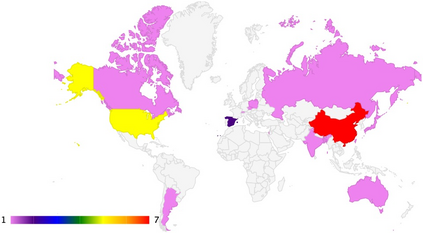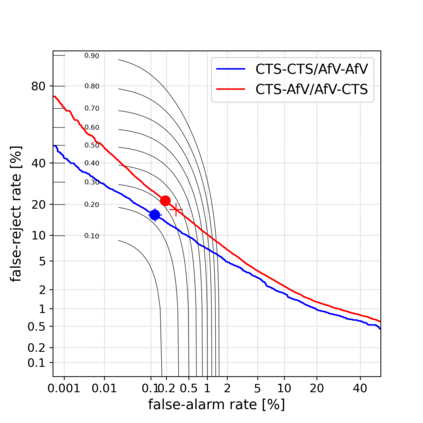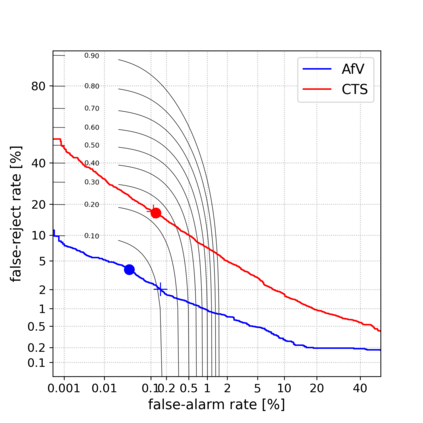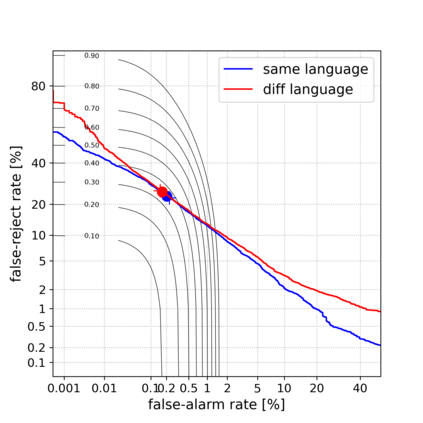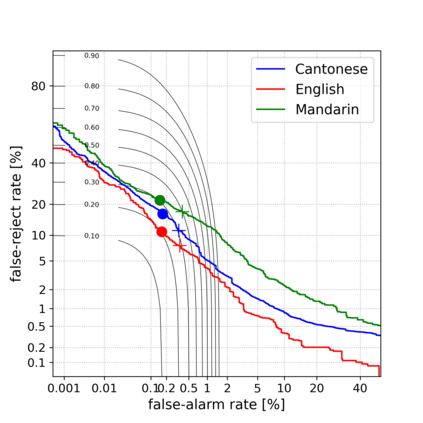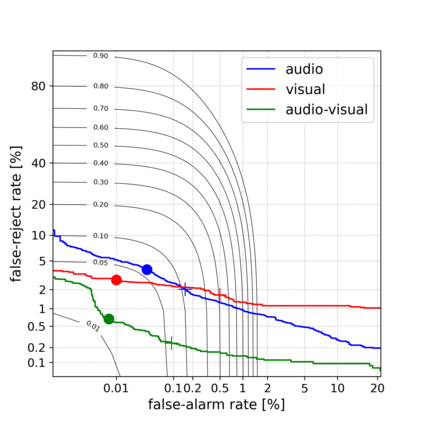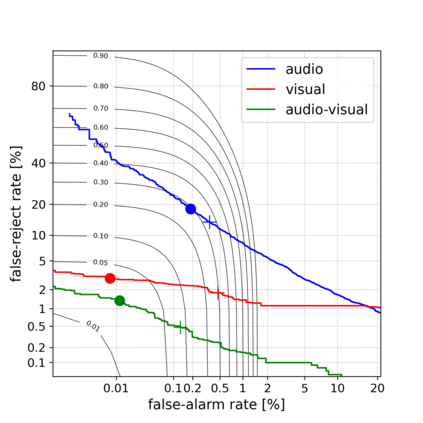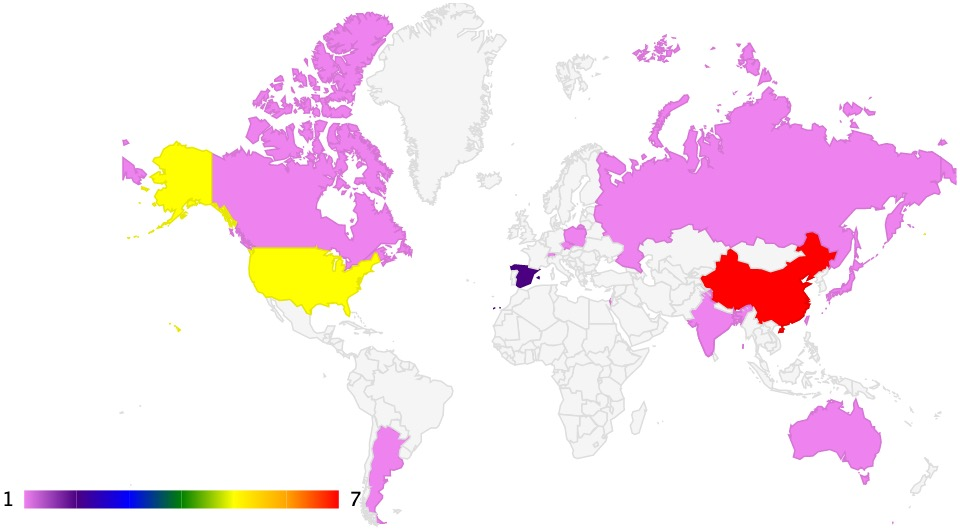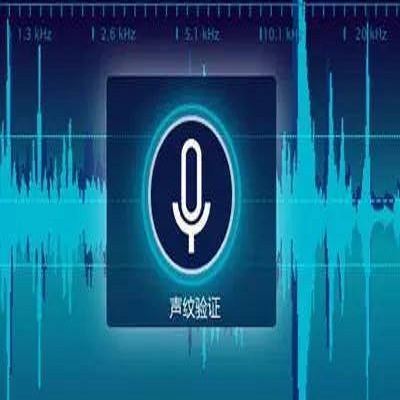The 2021 Speaker Recognition Evaluation (SRE21) was the latest cycle of the ongoing evaluation series conducted by the U.S. National Institute of Standards and Technology (NIST) since 1996. It was the second large-scale multimodal speaker/person recognition evaluation organized by NIST (the first one being SRE19). Similar to SRE19, it featured two core evaluation tracks, namely audio and audio-visual, as well as an optional visual track. In addition to offering fixed and open training conditions, it also introduced new challenges for the community, thanks to a new multimodal (i.e., audio, video, and selfie images) and multilingual (i.e., with multilingual speakers) corpus, termed WeCanTalk, collected outside North America by the Linguistic Data Consortium (LDC). These challenges included: 1) trials (target and non-target) with enrollment and test segments originating from different domains (i.e., telephony versus video), and 2) trials (target and non-target) with enrollment and test segments spoken in different languages (i.e., cross-lingual trials). This paper presents an overview of SRE21 including the tasks, performance metric, data, evaluation protocol, results and system performance analyses. A total of 23 organizations (forming 15 teams) from academia and industry participated in SRE21 and submitted 158 valid system outputs. Evaluation results indicate: audio-visual fusion produce substantial gains in performance over audio-only or visual-only systems; top performing speaker and face recognition systems exhibited comparable performance under the matched domain conditions present in this evaluation; and, the use of complex neural network architectures (e.g., ResNet) along with angular losses with margin, data augmentation, as well as long duration fine-tuning contributed to notable performance improvements for the audio-only speaker recognition task.
翻译:2021年议长认可评价(SRE21)是美国国家标准和技术研究所(NIST)自1996年以来正在进行的系列评价的最新周期,这是由NIST(第一个是SRE19)组织的第二次大型多式演讲者/个人承认评价,与SRE19相似,它有两个核心评价轨道,即视听,以及可选视觉轨道,除了提供固定和公开的培训条件外,它还给社区带来了新的挑战,这要归功于一个新的多式联运(即音频、视频和自拍图像)和多种语言(即多语言语言发言者)的文集,称为WeCanTalk,由语言数据联合会(LDC)在北美以外收集。 这些挑战包括:1)试验(目标和非目标),从不同领域(即电话对视频)的音频和测试部分开始;2)试验(目标和非目标),用不同语言(即跨语言进行音频和测试部分的文版(即跨语言试验),以及多语种(语言语言),本文概述了SRE21的情况,包括在线任务、业绩衡量指标、数据、评价表上的数据质量、业绩评估结果和业绩分析,从第23号业绩分析,从业绩分析系统向第23号系统提交,对实际业绩分析。

